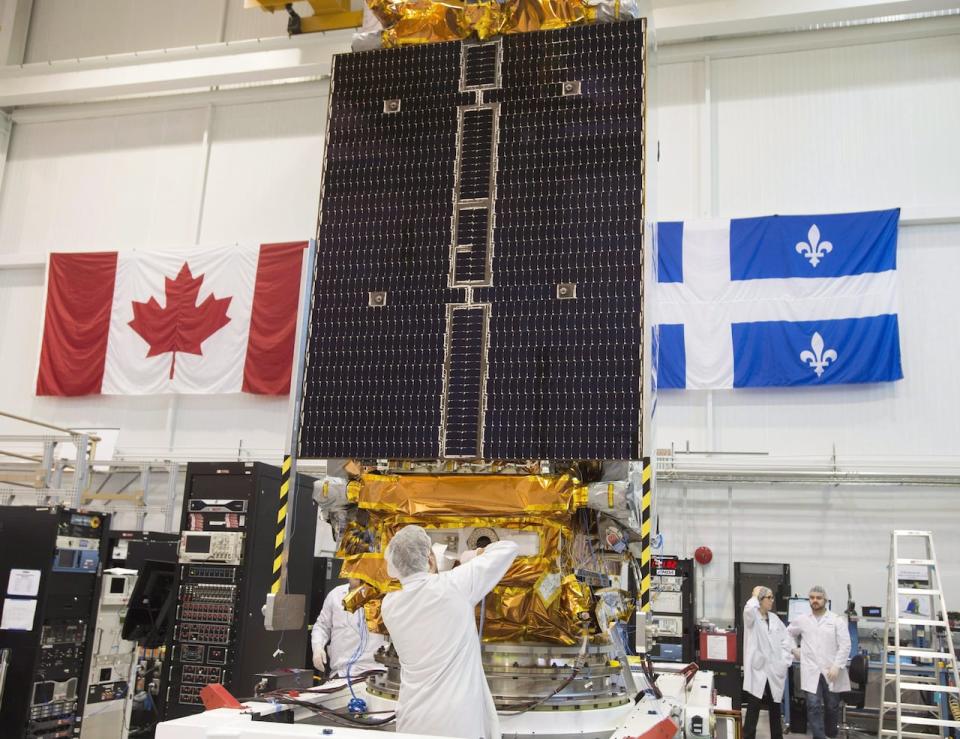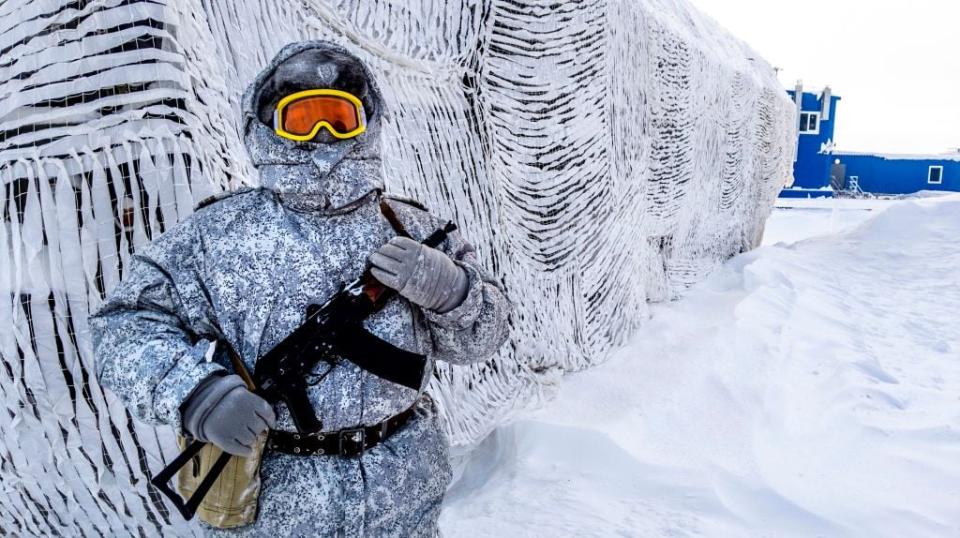Canada’s military could have modern satellite coverage in the Arctic a decade earlier than anticipated if the federal government is willing to follow the example of other countries and embrace commercial options in space, a House of Commons committee heard Monday.
Mike Greenley, CEO of MDA Canada, told committee members that Canada lags behind the rest of the world “from a military space capability perspective” and does not work effectively with companies in the aerospace sector.
“As a result, our relevance in a rapidly changing geopolitical world is diminishing, and with it, our ability to protect and defend Canadians,” said Greenley, who is the country’s largest company in the space sector with revenues exceeding $1 billion. in annual sales.
One pressing problem facing defense officials is the country’s rapidly aging chain of government-owned RADARSAT Constellation satellites.
The federal auditor general warned in late 2022 that these satellites could become obsolete by 2026 and that it could be years before replacements, known as the Defense Enhanced Space Surveillance Project (DESSP), are launched.
The Liberal government promised dedicated military surveillance satellites in its 2017 defense policy and reiterated that commitment in its latest strategy document; but the defense department’s project status summary shows the multibillion-dollar program is not planned to launch until “beyond 2035.”
Greenley said the United States and Britain have taken the approach of building only the space hardware they absolutely need and buying the rest from the private sector.
He said Canada should begin to do the same to avoid long delays in deploying critical military capabilities.

Technicians put the finishing touches on the second of three Constellation satellites at the MDA facility in Montreal on June 21, 2018. (Ryan Remiorz/Canadian Press)
“Canada needs communications in the North; Canada has determined that it is spending on acquisitions to purchase field capacity for communications in the North circa 2038,” Greenley said.
“Meanwhile, Telesat will launch a global communications capability with satellites built by MDA Space in 2027. If we were talking today, it could be configured to deliver military communications in the Arctic as a commercial service, that is, ten years faster.”
The House of Commons defense committee is conducting a study on how changing geopolitical and military dynamics on Earth are reflected in space.
Reports indicate Russia is planning to place a nuclear bomb in orbit
Of particular concern are reports that Russia plans to place into orbit a nuclear weapon designed to destroy satellites.
A senior U.S. State Department official told a Washington-based think tank audience last week that the Biden administration is concerned about a particular program that Moscow claims is a scientific program to test electronics.
“The United States is extremely concerned that Russia may consider incorporating nuclear weapons into its counterspace programs based on information deemed credible,” said Mallory Stewart, assistant secretary for arms control, deterrence and stability.


A soldier carries a machine gun on patrol at the Russian northern military base on Kotelny island beyond the Arctic Circle on April 3, 2019. (Maxime Popov/AFP/Getty Images)
He spoke at the Center for Strategic and International Studies (CSIS) on Friday.
“The United States has been aware for years that Russia was pursuing this type of capability, but only recently have we been able to make a more definitive assessment of their progress,” Stewart said.
He said the capability is not active and has not been deployed, but “Russia’s push for this capability is extremely troubling.”
“There is no immediate threat.”
Stewart’s words were recently echoed by Brig.-Gen. Mike Adamson is the commander of the recently formed 3rd Canadian Aerospace Division.
He said the reports were disturbing and that the Canadian military was working with the U.S. Space Force and Space Command to understand the technology and its implications.
“We do not believe there is an imminent threat at this time,” Adamson told the Commons defense committee last week.
“It’s probably worth mentioning that too [that] International law prohibits the deployment of nuclear weapons in space. “So this would be a direct violation of that and would certainly be contrary to the accepted norms of behavior that we would expect from any spacefaring nation.”
For the past seven years, the Canadian military has been searching for ways to protect its satellites from being shot down or disabled.
Ahead of the threat of a nuclear device in space—one that could seriously disrupt or even destroy a number of satellites—Western militaries were focusing their attention on land-based rockets developed by Russia and China to neutralize key communications and command devices. in orbit.